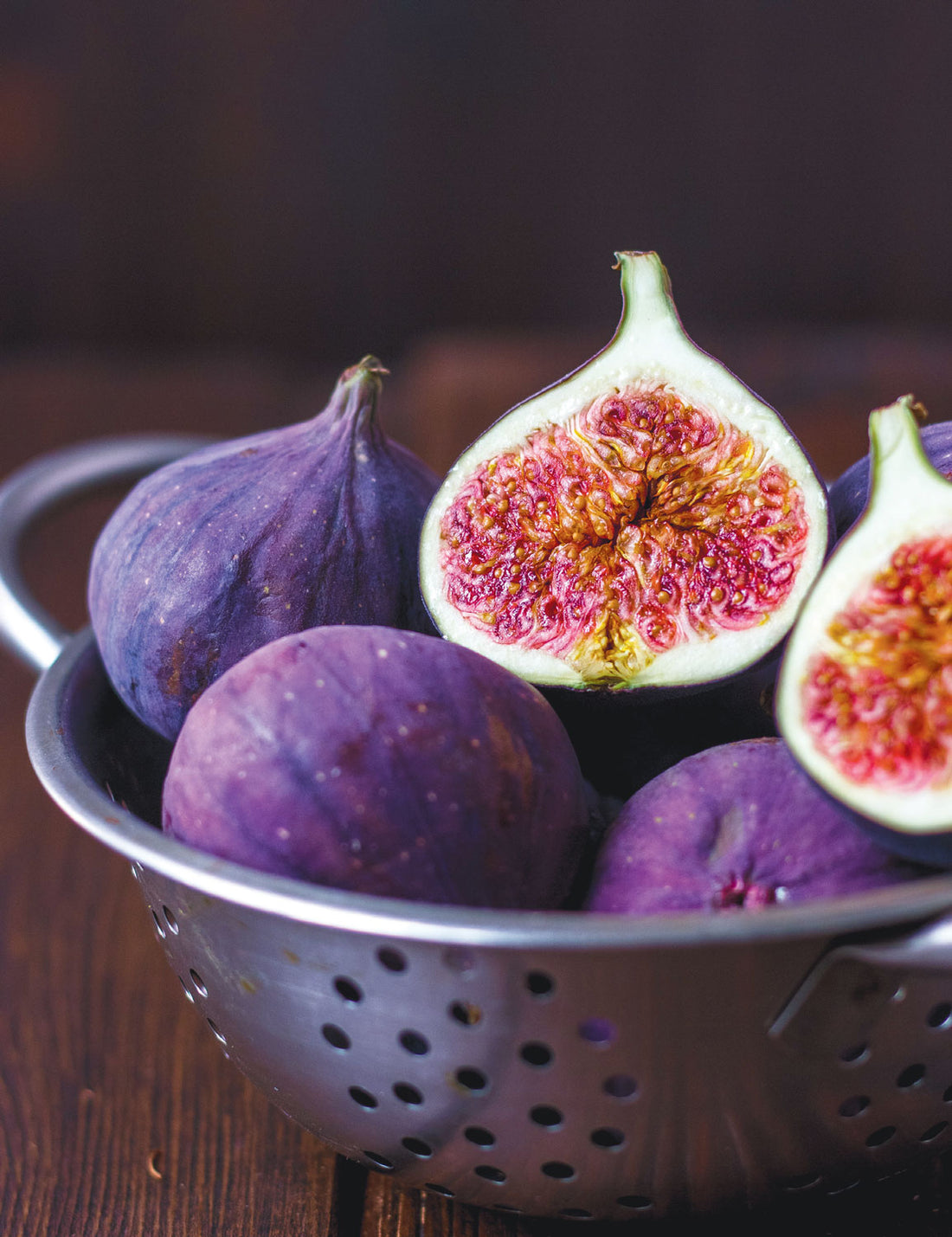Are Fig Tree Roots Invasive?
Fig trees (Ficus carica) are cherished for their lush foliage, delicious fruit, and adaptability to various growing conditions. However, their root systems are a critical consideration for gardeners and homeowners alike. Known for their vigorous growth, fig tree roots can sometimes become invasive, posing potential risks to nearby structures, pipes, and plants. Whether you’re growing a Chicago Hardy Fig Tree or a Beers Black Fig Tree, understanding how fig roots grow can help you make informed decisions about where and how to plant them.
What Makes Fig Tree Roots Invasive?
Fig trees naturally develop extensive root systems to support their rapid growth and fruit production. The roots spread horizontally and can extend far beyond the canopy, often seeking moisture and nutrients in nearby soil. This characteristic can lead to the following issues:
-
Interference with Structures
- Roots can penetrate foundations, driveways, or sidewalks, causing structural damage over time.
-
Competing with Nearby Plants
- Fig tree roots are aggressive in absorbing water and nutrients, which can starve nearby plants.
-
Infiltrating Pipes and Drains
- In their search for water, roots can invade underground pipes or septic systems, leading to costly repairs.
These tendencies make fig trees unsuitable for planting near homes, buildings, or sensitive infrastructure.
Which Fig Varieties Are More Manageable?
While all fig trees develop robust root systems, some varieties are more suitable for smaller spaces or container planting. Consider the following options:
-
Chicago Hardy Fig Tree
- This cold-hardy variety produces sweet figs and has a relatively manageable root system, especially when planted in a container. Check out the Chicago Hardy Fig Tree for a reliable, space-efficient choice.
-
Little Miss Figgy
- A dwarf variety, Little Miss Figgy is ideal for containers or small gardens, as its roots are less likely to spread aggressively.
-
Celeste Fig Tree
- Known for its compact size and delicious fruit, the Celeste Fig Tree is another excellent option for smaller spaces.
-
Beers Black Fig Tree
- This fig variety is both productive and manageable when grown in pots or restricted garden spaces. Explore the Beers Black Fig Tree for its rich flavor and easy care.
-
Fignomenal Fig Tree
- This compact variety is perfect for growing figs in containers, offering both beauty and fruit production without invasive root concerns.
How to Manage Fig Tree Roots
If you want to enjoy figs without the risk of invasive roots, consider these practical solutions:
-
Plant in Containers
- Growing figs in pots or planters restricts root growth, making it a safe option for patios or urban gardens.
-
Use Root Barriers
- Installing root barriers during planting helps contain horizontal root spread, preventing damage to nearby structures.
-
Choose the Right Location
- Plant fig trees at least 20–30 feet away from buildings, driveways, and underground pipes.
-
Prune Regularly
- Pruning the canopy also helps control root growth, as the root system mirrors the size of the above-ground tree.
-
Opt for Smaller Varieties
- Varieties like Little Miss Figgy or Celeste Fig are naturally more compact, reducing the risk of root spread.
FAQs About Fig Tree Roots
Q: Are all fig tree roots invasive?
A: While fig tree roots are vigorous, their invasiveness depends on the variety and growing conditions. Dwarf and container-friendly figs, like the Little Miss Figgy, are less invasive.
Q: Can I plant a fig tree near my house?
A: It’s best to plant fig trees at least 20–30 feet away from your home or structures to prevent root interference.
Q: How do I stop fig roots from spreading?
A: Use root barriers or plant figs in containers to control their root growth.
Q: Are potted fig trees a good option?
A: Yes, potted figs like the Beers Black Fig Tree are an excellent solution for managing root spread.
Q: Where can I buy non-invasive fig tree varieties?
A: Visit Wekiva Foliage to explore fig varieties, including the Chicago Hardy Fig Tree and Fignomenal Fig Tree.
By selecting the right fig tree variety and implementing root management strategies, you can enjoy the beauty and bounty of fig trees without worrying about invasive roots. Explore the wide range of Fig Trees for Sale at Wekiva Foliage to find the perfect addition to your garden.





